The first time I went to Santa Fe, I really, really didn’t want to leave. The delicious smell of pine and juniper everywhere, the overwhelmingly grand landscapes, and the gentle clanging of wind chimes on patios haunted me as I headed back to my life in NYC.
NextTribe is taking a small group of women to Santa Fe in September 2024. Join our Info Session on the trip on April 25th to find out more.
Santa Fe has a way of exerting that pull on a person–it’s a quietly thrilling place, with history and creativity around every corner, whether you’re walking in Georgia O’Keeffe’s footsteps or visiting a pueblo. Add to that the rugged, monumental landscape (waiting to be explored by foot, horseback, or raft), the great shopping, a bit of forest bathing, and the foodie scene, and it makes for an amazing place to visit. It has a way of letting you push the “pause” button and escape. You emerge feeling as if you’ve really traveled, physically and spiritually.
Read More: In Santa Fe: Discovering Georgia O’Keeffe’s Secret to a Bold Life
Why Santa Fe Is Such a Wonderful Place to Visit
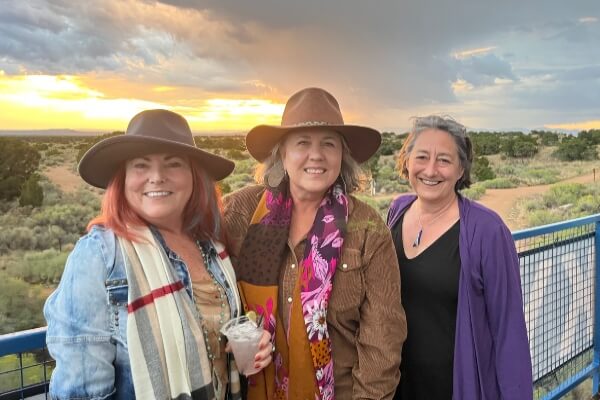
Santa Fe is a fascinating town (and a favorite NextTribe destination), a crossroads of Southwestern life and history. The capital of New Mexico, with a population of about 87,000, it’s often thought of as being in the desert, but it’s actually a mix of grasslands, woodlands, and high mountain forests. That means you get all four seasons; you can ski Santa Fe in the winter and bask in super sunny days (320 a year). And the landscape is varied and gorgeous, whether you are the kind who prefers a leisurely stroll, a steep trek up a hillside, or a pulse-racing view of a gorge.
You emerge feeling as if you’ve really traveled, physically and spiritually.
The town itself dates to the 1600s, with a mix of influences reflected in its architecture and neighborhoods. It’s easily walkable and full of museums, churches, and boutiques. Plus, there’s a renowned restaurant scene, from award-winning dining to savory, grab-and-go tamales.
The Lay of the Land
If you’re planning a vacation in Santa Fe, yes, you can fly into a local airport. But it’s a small one, with a handful of airlines regularly flying there. You might find it more convenient to fly into Albuquerque, where you’ll likely find more flights and have the opportunity to rent a car. The latter can be a real asset getting around Santa Fe and exploring more than just the center of town. (Worth noting: There is public transportation, a bus system, in town if you don’t rent a car.)
When to visit Santa Fe? If you love to ski, winter makes sense, but otherwise, you may want to aim for a different time of year. NextTribe loves to visit in the fall, when the days are warm and the nights get cool (pack your lightweight down), but spring is delightful as well. Summer is also a good time to visit, provided you’re all good with the high desert temperatures that occasionally get into the 90s. There will probably be non-stop intense sunshine so bring your shades and stock up on the SPF.
A Quick Note About Santa Fe History
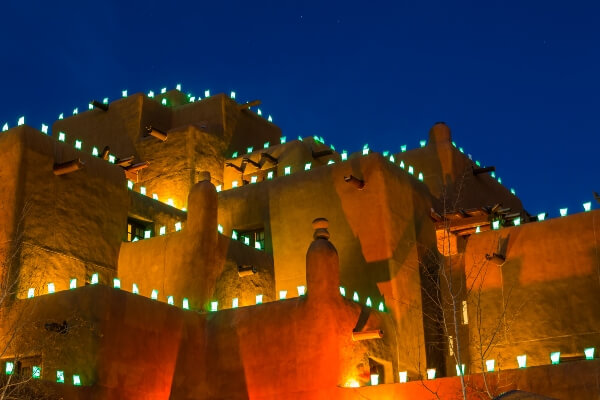
One of the things that makes Santa Fe such a special and memorable place to visit are the various cultural and historical threads weaving through the town. The Pueblo Indian civilization is among the earliest in the area, and you can visit their communities and be immersed in their culture. The Spanish came through Mexico and, by the 1600s, claimed the area for their own (some of the buildings erected in this era are still standing). The area has its battle scars: The Pueblo Revolt of 1680 was the only successful Native uprising against colonization in all of North America.
When you visit Santa Fe, New Mexico, you’ll find a complex history and patchwork of influences.
French expeditions ventured into the area in the 1700s and put down roots; you’ll see traces of those traditions around town. Fast-forward to 1821, and Santa Fe wound up becoming part of Mexico. It was eventually ceded to the US at the end of the Mexican-American War in 1848.
Why the history lesson? Just to say that when you visit Santa Fe, New Mexico, it will have a complex history and patchwork of influences to share.
Best Ways to Discover the Culture of Santa Fe
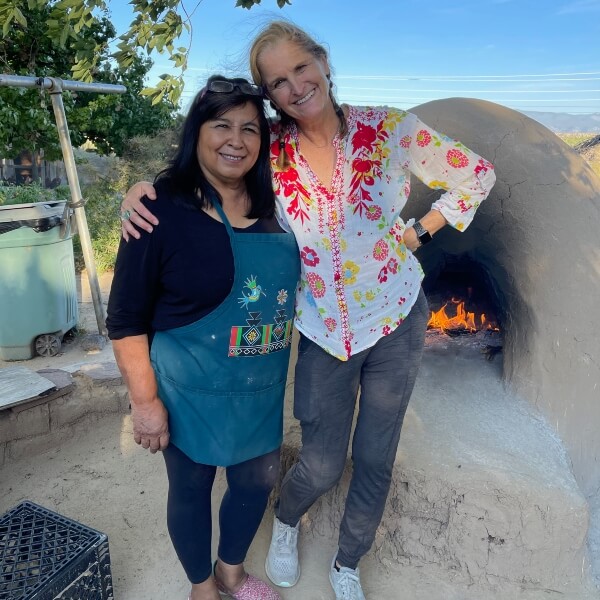
Old, new, future: Whatever kind of culture you want to experience, you can find it in Santa Fe. A few favorite destinations:
Of course, you’ll want to see the Santa Fe Plaza. This historic square is the heartbeat and heart of the city. You’ll see the oldest church in America, the San Miguel Chapel–a dear little adobe structure, still holding services – and the Palace of the Governors, constructed by European settlers in 1610 and in continuous use through the centuries. You can pop into the stalls on the Plaza where local Native Americans sell their crafts (don’t you want to bring home a kachina?) or get a slice of the bracingly tart key lime pie at Plaza Cafe Downtown, Santa Fe’s oldest restaurant, slinging great food since 1905.
Also visit the Railyard. It’s just what it sounds like – a transportation location reborn as an urban hub, with shopping, food, and entertainment. Are you in Santa Fe, New Mexico, on a Saturday morning? Definitely visit the Santa Fe farmers’ market at the Railyard Park, says Mollie Mitchell, who leads NextTribe’s Santa Fe trips. During chili season (typically late August through September), the smell of roasting chilis fills the air, but any time of year, you’ll be greeted by bushels of wonderful produce, baked goods, and more to sample. Artisan markets are common, too, whether offering handmade, satin-smooth wood cutting boards or cute bedazzled dog collars.
Wander just a block or two away from the Plaza in different directions to find the stunning Loretto chapel and the Cathedral Basilica of St. Francis of Assisi, both built by the same team of French architects and builders in the late 1800s. The Loretto Chapel is an homage to Sainte-Chapelle in Paris, and has a splendid spiral staircase (the Miraculous Staircase), said to have been built by a mysterious carpenter using only simple tools, non-native wood, and basic pegs. Definitely worth a visit. The larger and grander Cathedral Basilica may make you feel as if you have traveled through a wormhole to Europe, thanks to those French architects, jewel-like stained glass windows (many also from France), and the meticulous work of stone masons.
Definitely visit Pueblos for a taste of Southwestern Native American culture and history. Dating as far back as 1,000 years, these settlements will introduce you to the distinctive sun-baked stone, adobe, and wood dwellings of these communities and their lifestyle. At some locations, you can buy their distinctive and beautiful crafts, such as redware pottery of the Ohkay Owingeh Pueblo or the renowned black-on-black ceramics of the San Ildefonso Pueblo.
Consider taking a cooking class at the home of Norma Naranjo, who lives in Ohkay Owingeh and raise their own crops at the Pueblo.
Tip: Consider taking a cooking class at The Feasting Place at the home of Norma Naranjo, who lives on Ohkay Owingeh pueblo and raises her own crops there with her husband.
The Taos Pueblo is another popular option – it’s the only living Native American community designated both a UNESCO World Heritage Site and a National Historic Landmark. You can learn about the architecture anchored by vigas and latillas; taste traditional foods, and admire (and buy) the crafts. But perhaps most importantly, you’ll interact with the descendants of people who have made this land their home for centuries.
If you visit in the fall, you might catch the renowned Taos Art Fair, which has been celebrating the best of the local art for 50 years now. Taos, incidentally, is about an hour and a half drive from Santa Fe, but the landscape is amazing and there are plenty of pitstop options en route, from craft breweries to historical landmarks. It makes for a fantastic day trip out of Santa Fe, New Mexico.
If you’re in Taos and have wheels, you can visit a truly singular, future-thinking community called the “earthships” — an off-the-grid community that may point the way to eco-perfect living. These striking homes are built from recycled materials like tires, cans, and glistening bits of colored-glass bottles. The roofs of these low-slung homes harvest water which is recycled time and again. Food is grown on premises, and everything runs on sun and wind – no electrical power lines in sight. You can take a tour and ponder if you – as diligent a recycler as you may be – would be ready to take on this lifestyle. Bonus: To get there, you’ll likely cross the knee-weakening Rio Grande Gorge – a natural wonder and worth a visit (and loads of photos) in and of itself.
Best Places to Explore the Arts in Santa Fe
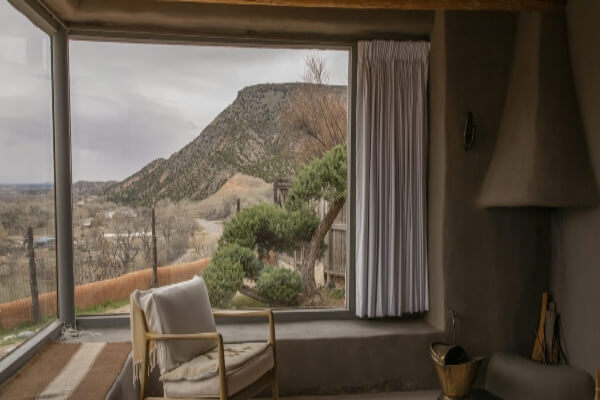
Even the most devoted of art lovers may feel overwhelmed by the variety and depth of options in Santa Fe. There are dozens of museums and galleries to feed your eyes and spirit. A few highlights:
Santa Fe and Georgia O’Keeffe, the pioneering artist who lived and worked outside of the city for many years, are inextricably linked. By all means, visit the Georgia O’Keeffe Museum in the heart of Santa Fe (buying tickets online in advance is recommended; this is a very popular place to visit). You’ll learn about her spectacularly successful and influential career, from her early depictions of New York skyscrapers to her sensual flowers and brooding landscapes.
Visit her home and studio in Abiquiú, 50-some miles from Santa Fe; she also had a home called Ghost Ranch, which wasn’t suitable for year-round living but is mesmerizing nevertheless. You will definitely need reservations to tour the property and stand exactly where she stood as she painted her beloved Pedernal mountain. You can actually sketch, take horseback rides, hike, canoe, and watch the sunset ignite the sky into a wash of reds and oranges – check out both the museum’s offerings and the Ghost Ranch program.
You can stand exactly where Georgia O’Keeffe stood as she painted her beloved Pedernal mountain.
Next up, hit Santa Fe’s Museum Hill. Set against the Sangre de Cristo foothills, this is a network of world-class museums with stunning views in every direction. Visit the Museum of Indian Arts and Culture, the Museum of Spanish Colonial Art, the Museum of International Folk Art (my favorite, with everything from flamenco dresses to tramp art to Japanese woodblock prints), and the Wheelwright Museum of the American Indian. The icing on this cake: The Santa Fe Botanical Garden is also perched on the hilltop, with pinon juniper woodlands and an orchard to tour.
The New Mexico Museum of Art boasts two locations: a historic adobe building on Santa Fe Plaza, and a contemporary branch at the Railyard Arts district. Each has a stunning collection of local works.
The New Mexico History Museum is housed in the historic, built-in-1610 Palace of the Governors, a cherished local landmark on the Plaza. Inside, you can learn about everything from Native American voting rights to Southwestern silver jewelry, depending on the current exhibitions.
Home to more than 100 art galleries and boutiques, Canyon Road is a half-mile stretch that’s ideal for strolling and seeing all kinds of art.
Are you more of a contemporary art person? Try the eye-popping Meow Wolf immersive art experience – hard to describe but how about “murder mystery meets art installation plus trippy, surrealistic effects”?
Best Things to Eat Santa Fe
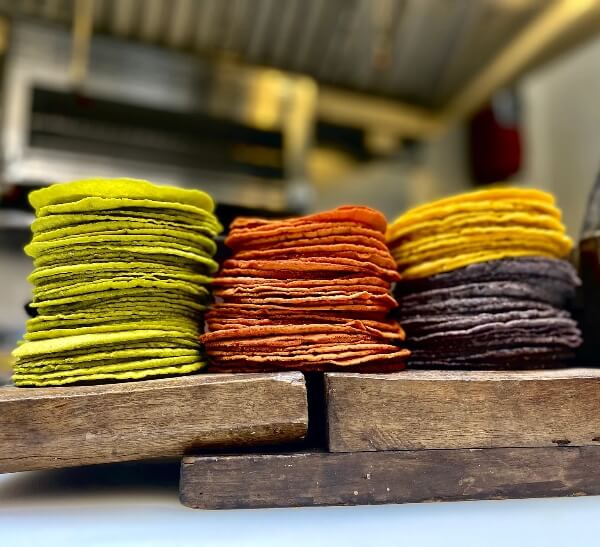
It would be pretty hard not to eat (and drink) well in Santa Fe. The local restaurants and chefs are forever earning James Beard Awards for absolutely fabulous and innovative cookery – current stars of the food scene include Dolina, Zacatlán’s, The Compound, Alkeme at Open Kitchen. Dolina, an Eastern-Europe-meets-New-Mexico hybrid, is one of Mollie Mitchell’s current favorites. Do not miss the heavenly langos, Slovakian street food that combines fried bread with arugula, tomato confit, and warm burrata.
Horno is another spot beloved by NextTribe; the name refers to a type of traditional New Mexican outdoor oven. You could make a meal out of their smoked chicken wings and roasted beet starters.
If you’re trekking around the Santa Fe Plaza, pop into the Pantry Rio, with its lime-green front door. This casual place has piquant local delights, from salmon or brisket tacos to burritos of every variety. Oh, and when you’re there, make it “Christmas,” meaning get your fare with both red and green chile sauces…some like it hot, right?
Santa Fe can also be a great place to relax over drinks. The famed Gruet Winery brought Champagne techniques over from France; you can have a flight of their fizzy wines in their darling tasting room at the Hotel St. Francis, with its comfy patio. The Inn of the Anasazi is another sweet spot for cocktails in the downtown area, says Mitchell.
Have a flight of Gruet’s fizzy wines in their darling tasting room at the Hotel St. Francis, with its comfy patio.
Although more touristy, there’s the Santa Fe Margarita Trail, which can have you tasting classic, watermelon, smoked sage, and other margaritas as you tour the town. Cheers! (PS: If you’re feeling loosened up after a salty rim or two, hit the Boxcar bar for karaoke.)
Another wonderful way to indulge your foodie side while in Santa Fe is to take a class at the Santa Fe School of Cooking, which offers hands-on lessons and demonstrations. Whether you’re curious about how to make chiles rellenos or blue corn gnocchi, these experiences can be a terrific way to connect with the area’s traditions and flavors.
One more option: Contact local chef Michelle “Mica” Chavez, who can lead walking tours and prepare you a private picnic while you are in town.
Best Ways to Experience the Outdoors in Santa Fe
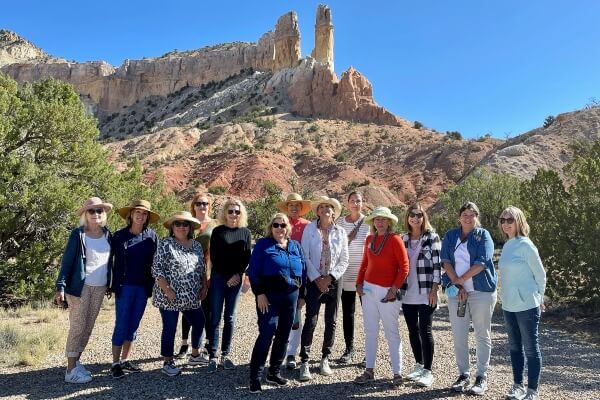
With all the museums, stores, and restaurants to visit, you could pack a week in Santa Fe with indoor activities – but why would you want to do that? Santa Fe is positively a natural wonderland, with diverse and magical landscapes to hike, bike, horseback-ride, and paddle through. The dry air, the sun, and the scent of the trees and shrubs create an ethereal landscape. A few favorite ways to enjoy this side of Santa Fe:
Check out the Dale Ball trail network. This system of interconnected trails (for walking, running, or mountain biking, is the gift that keeps giving to Santa Fe, says Mitchell. “The trails are incredibly well-marked and well-traveled – you won’t get lost – plus they are close to town, with some strenuous sections, great views, and accessible year-round.”
While the classic New Mexico landscape is low scrub trees, less than 15 minutes from downtown Santa Fe is Hyde Memorial State Park with a more alpine vibe. There are loads of trails through aspens and evergreens, cascading mountain streams – a fairytale setting come to life.
Make your way to the Cross of the Martyrs, Santa Fe’s highest point and close to downtown. You’ll be rewarded with spectacular views and light here, and sunsets that land somewhere on the spectrum from “beautiful” to “best-ever.” You can check in with Mica Chavez, whose deets are in the Food section above, about a picnic spread to enjoy while there.
Make your way to Cross of the Martyrs for sunsets that land somewhere on the spectrum from “beautiful” to “best-ever.”
Less than an hour away from Santa Fe is the remarkable Bandelier National Monument, which boasts over 30,000 acres of canyons and mesas. Here, you can time-travel backwards and experience a landscape as it was when the ancestral Pueblo people lived there, 500 to 900 years ago. Take an easy ramble down the trails of Bandelier National Monument, see the cliffs dotted with openings to former dwellings (some you can enter via a simple ladder, and see the blackened ceilings from fires that once burned), or study the petroglyphs, drawings carved into the soft rock.
If you’re visiting Santa Fe in the winter, you are just 15 miles from Ski Santa Fe, a gorgeous robust mountain.
The Santa Fe National Forest is a vast area to explore – over a million acres in fact, with elevations ranging from 5,000 to just over 13,000 feet. You’ll find tons of wildflowers in summer, cooling creeks, and picnic areas to stop and recharge at.
For rafting, try Taos River or Rio Chama, and, if you prefer to be on horseback, a sunset ride at Ghost Ranch is hard to beat.
Our Favorite Spa Experiences in Santa Fe
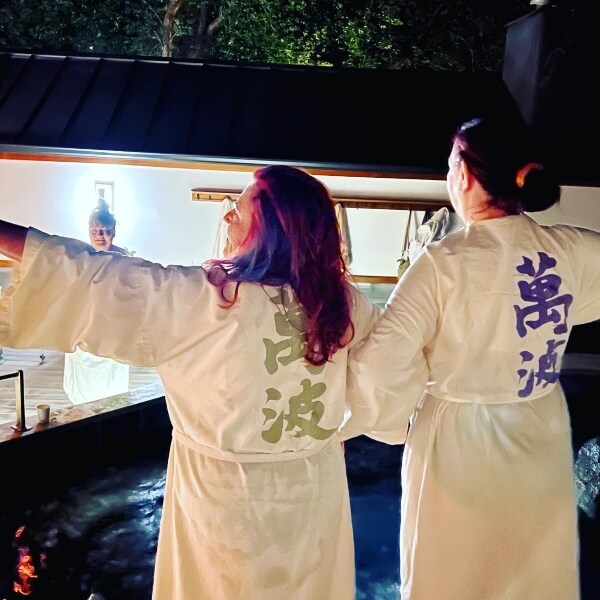
For decades, visitors to Santa Fe have been raving about 10,000 Waves, and for good reason. Modeled on Japanese hot spring bathing, this spa has private bathing environments with hot tubs and saunas, and a limited number of communal bathing options, as well as a full menu of massages and skincare treatments. You definitely want to reserve in advance. You can make a day of it and book a table at Izanami restaurant on premises, serving yummy, healthy Japanese small plates.
Another option: a day pass to either Ojo Santa Fe Spa Resort or Ojo Caliente Mineral Springs. Both Ojo locations offer relaxing ways to soak and tune in to the tranquil surroundings.
Best Shopping in Santa Fe
You’ve already read about some great shopping opportunities in and around Santa Fe, especially for artwork and handmade items, but here’s another favorite thing to do in Santa Fe: Hit up the incredible consignment shops in town.
Hit up the incredible consignment shops in town.
Try Double Take, two floors of treasures to keep you happily hunting for hours. There’s a massive floor-to-ceiling wall of cowboy boots, incredible Native American and Southwestern jewelry, and clothing, including high-end designer finds. Upstairs, discover the home goods, including gently used Pendleton blankets in their graphic traditional patterns.
The Raven is a must-see for art and antiquities if you’re in redecorating mode (ask about shipping stuff home), and the Santa Fe Antiques, an indoor antique mall that bills itself as a “picker’s paradise,” and they’re not kidding, whether you’re looking for a perfect little framed painting or a Navajo rug.
And, while not consignment shops, if you want to cap off your trip to Santa Fe in style, visit O’Farrell Hats and the Santa Fe Hat Company downtown. These are fun places to learn about, try on, and buy Western hats…Stetsons, Panamas, Borsalinos. A hat can be a fun souvenir of your time in Santa Fe and something to wear when you return – because you definitely will.
Read More: On a Girls’ Trip to Santa Fe, a Dive into Art, History, Cultures, and Friendship

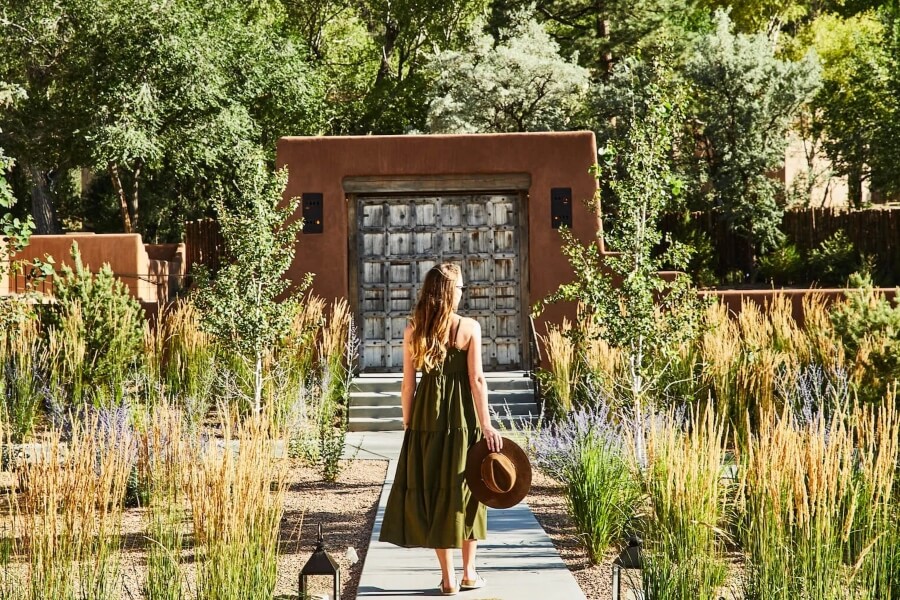
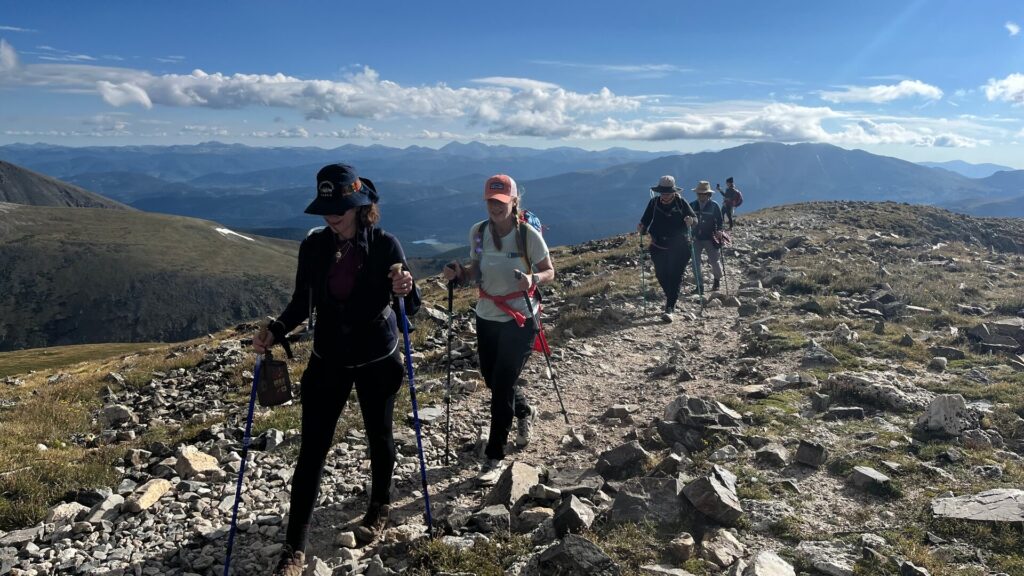



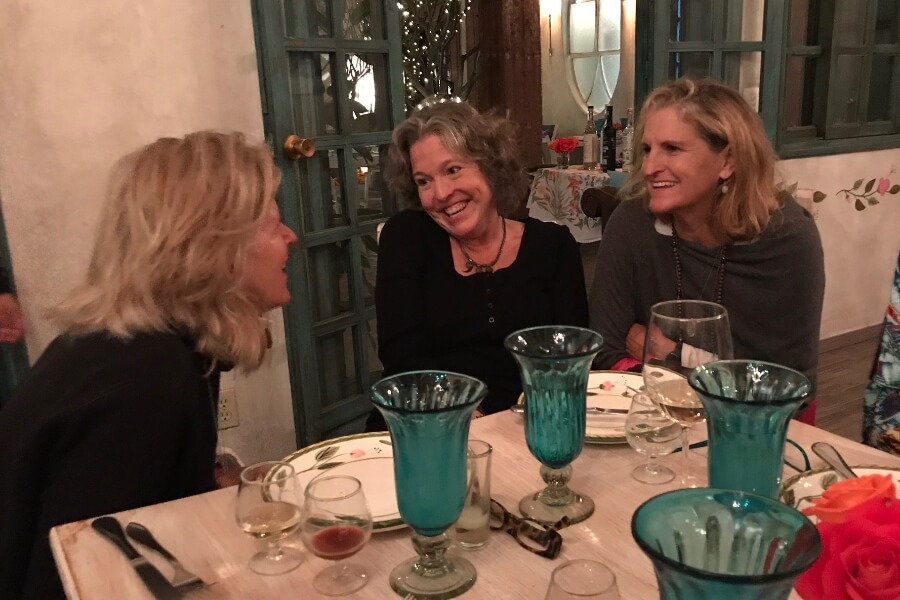

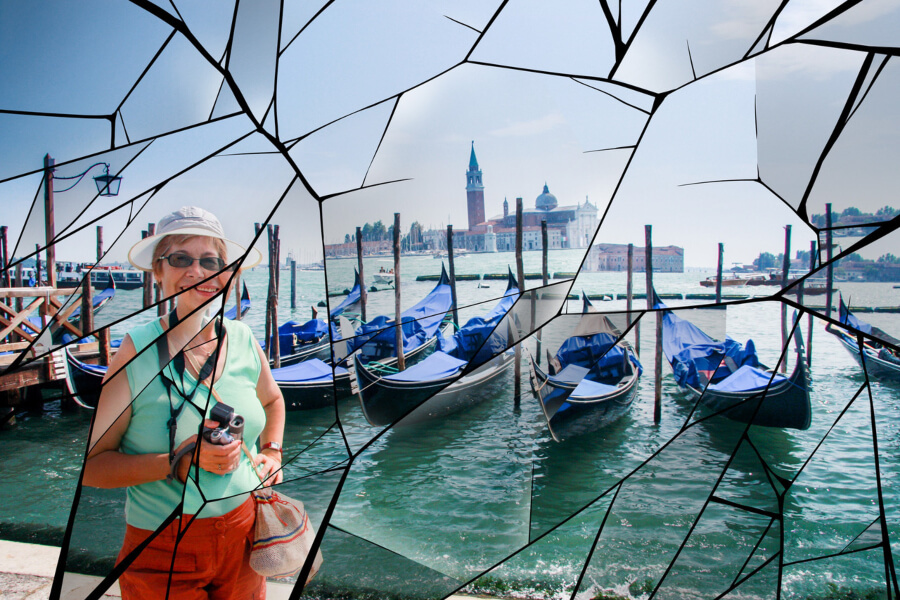

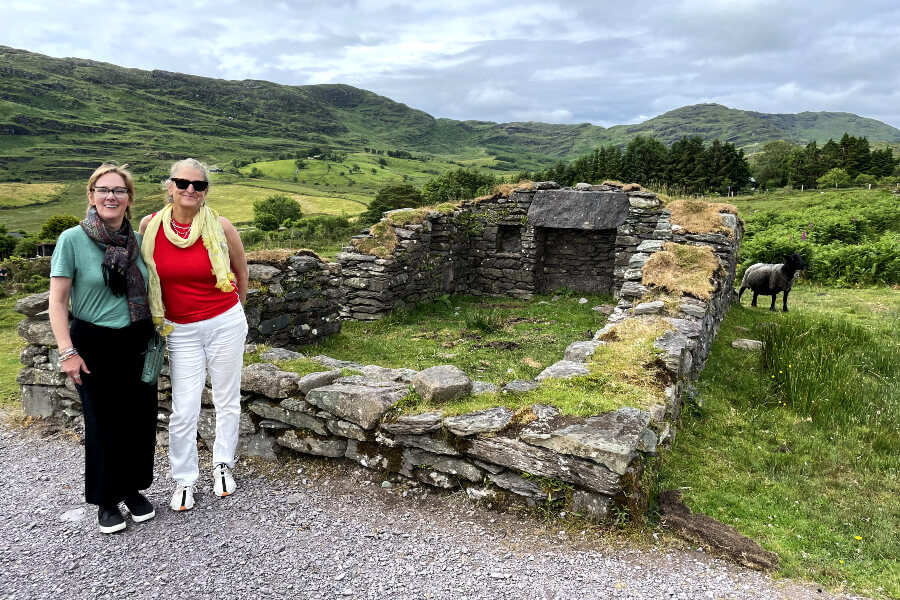

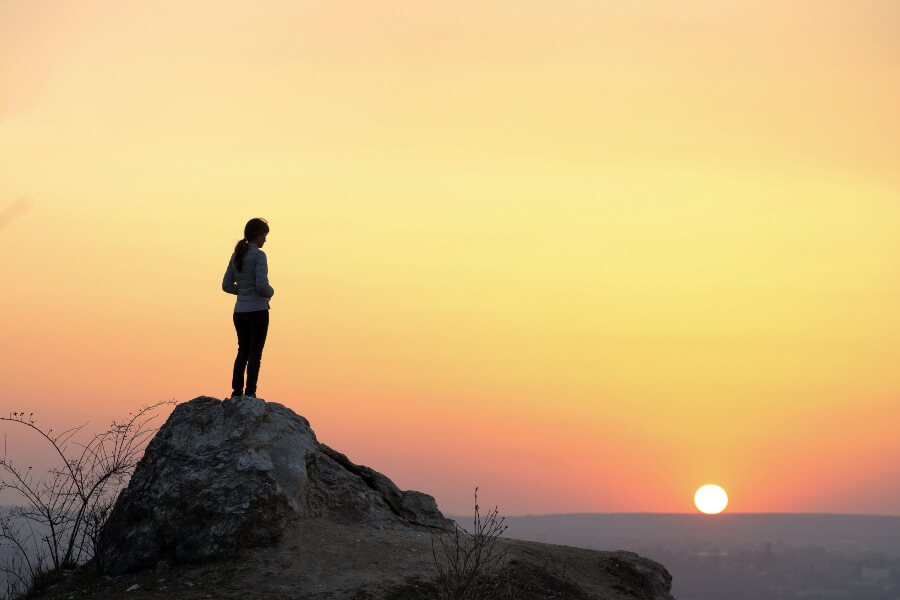





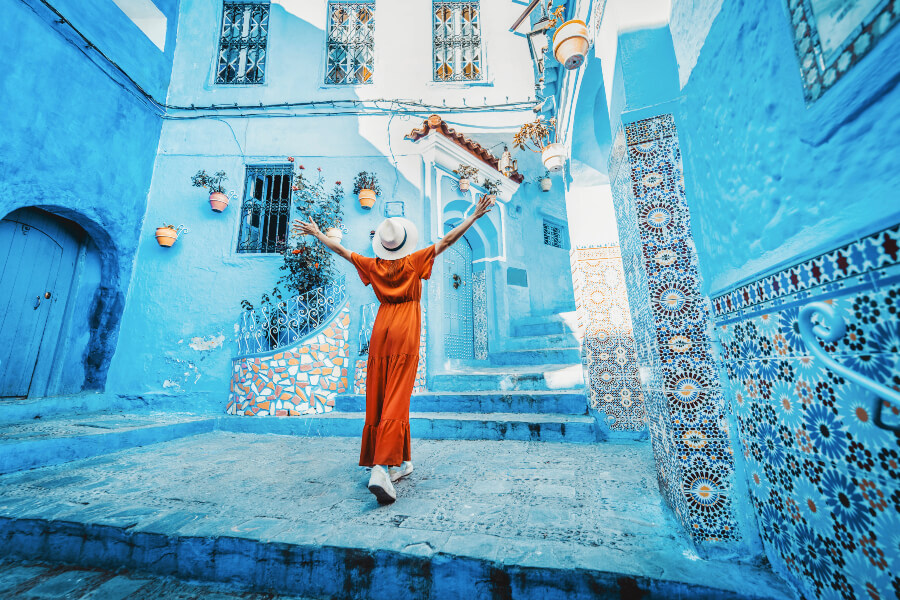


0 Comments